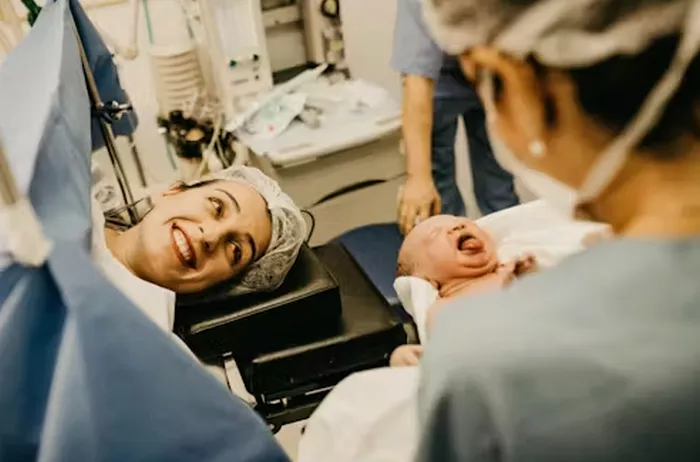Mitochondria are tiny structures in cells that convert food into energy needed for cell function.
Mitochondrial disease, or mito, is a group of conditions that impair this energy generation, affecting various organs and potentially leading to organ failure. There is no cure for mito, but an IVF procedure called mitochondrial donation offers hope for families. This procedure can help them have genetically related children free from mito.
After Australia passed a law in 2022 allowing mitochondrial donation, scientists are preparing for a clinical trial to test its safety and effectiveness.
What is Mitochondrial Disease?
Mitochondrial disease comes in two forms. One is caused by faulty genes in nuclear DNA, inherited from both parents. The other is due to faulty genes in mitochondrial DNA, passed down from the mother. The severity of the disease can vary, even among family members. Mito is the most common inherited metabolic condition, affecting one in 5,000 people.
Symptoms range from mild to severe and can progress at different rates. Organs requiring a lot of energy, such as the brain, muscles, and heart, are often more affected. Childhood onset of mito usually involves multiple organs, progresses quickly, and has poor outcomes. Each year, about 60 babies in Australia develop life-threatening mitochondrial disease.
What is Mitochondrial Donation?
Mitochondrial donation is an experimental IVF technique that allows people with faulty mitochondrial DNA to have genetically related children without passing on the defective DNA. The process involves removing nuclear DNA from the egg of someone with faulty mitochondrial DNA and inserting it into a healthy donor egg with its nuclear DNA removed.
The resulting egg has nuclear DNA from the intended parents and functioning mitochondria from the donor. Sperm is added to fertilize the egg, enabling the transmission of nuclear DNA from both parents to the child.
A child born through mitochondrial donation will have genetic material from three parties: nuclear DNA from the parents and mitochondrial DNA from the donor. This reduces or eliminates the risk of mito. The procedure requires specially trained scientists, sophisticated equipment, and hormone injections for both the person with mito and the egg donor to stimulate egg production.
Mitochondrial donation has been pioneered in the UK, where a few babies have been born using this method. However, there are no reports yet on whether these babies are free of mito.
Maeve’s Law
In 2022, the Australian Senate passed the Mitochondrial Donation Law Reform (Maeve’s Law) Bill 2021, legalizing mitochondrial donation for research and clinical trials. The law sets strict conditions, including special licenses for clinics performing mitochondrial donation.
The initial licenses will be issued for pre-clinical and clinical trial research and training to ensure the procedure’s safety and effectiveness. One such license is expected for the mitoHOPE (Healthy Outcomes Pilot and Evaluation) program, which aims to refine the technique and conduct clinical trials.
Before the trial starts, a preclinical research and training program will train embryologists in real-life clinical conditions and improve existing mitochondrial donation techniques. This requires many human eggs.
The Need for Donor Eggs
One challenge with mitochondrial donation is sourcing eggs. Frozen eggs can be used for preclinical research and training, but fresh eggs are needed for the clinical trial. A study showed that between 2012 and 2021, 1,132 eggs from 128 patients were discarded at a Melbourne clinic. None were donated to research because the clinics did not conduct research requiring donor eggs.
However, research indicates that people with stored eggs often prefer to donate them to research. This offers hope that those with stored eggs they don’t intend to use might donate them to mitochondrial donation research.
For the clinical trial, fresh eggs will be needed. This requires volunteers willing to undergo ovarian stimulation and egg retrieval. Egg donors may be friends or relatives of trial participants or individuals who want to help those affected by mito.
The goal is to start enrolling participants in the clinical trial within 12 to 18 months, depending on when the necessary licenses and ethics approvals are granted.


